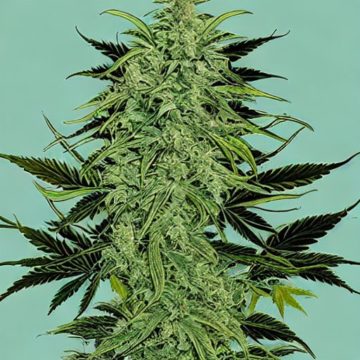 Max Gallien and Giovanni Occhiali in Sidecar:
Max Gallien and Giovanni Occhiali in Sidecar:
For most of modern history, cannabis has primarily been produced in lower income countries for consumption in Europe and North America. Its provenance has shaped the way we speak about it: ‘kush’ stems from the Hindu Kush mountain range in South Asia, ‘reefer’ may refer to the Rif mountains in Morocco, while strains like ‘Malawi gold’ and ‘Panama red’ directly advertise their origins. In recent years, the wave of cannabis legalization has raised hopes of redressing this imbalance. Following higher income countries like the US, Canada and Germany, traditional production countries such as Malawi, Mexico, Colombia and Morocco have begun to update their cannabis laws: aiming to give legal producers a fair cut for their crops, so that profits no longer flow to organised crime via illegal exports and sales. However, it seems increasingly likely that as the cannabis market legalizes and formalizes, it will reproduce many of the same symptoms as its forerunner, with traditional producers again finding profits located elsewhere – this time primarily with formal firms in high income countries. Understanding these problems means interrogating the reciprocal process by which policy makes markets and markets make policy.
While legalization has taken different shapes across higher income countries, it has typically had a common feature: it has not created structures for the import of recreational cannabis.
More here.
